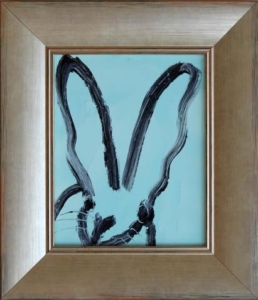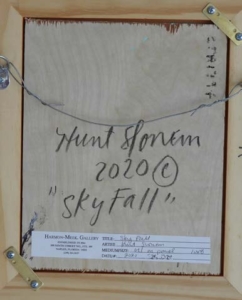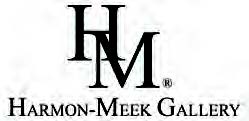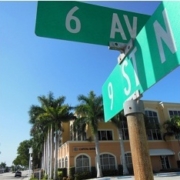Certificates of Authenticity ask The Artsperts
Dear Artsperts,
We are so excited about our new work of art by Hunt Slonem from your gallery. You provided the sales invoice, but should I also receive a certificate of authenticity?
Sincerely, Certified
Dear Certified,

Juliana Meek and Kristine Meek
We are so pleased you have added this great work to your collection! Certificates of authenticity have proven more problematic than helpful because they are so easily faked. The best proof of authenticity comes from the mere fact that you purchased from a long-established and reputable fine art gallery.
Anyone who is adept at forging an actual work of art and the artist’s signature can easily forge a certificate of authenticity. These documents have essentially been rendered meaningless by all the
forgeries. Prints are particularly prone to forgeries. For example, Sotheby’s and Christies will no longer accept any Salvador Dali prints created later than 1930 because there are so many fakes in circulation. Not even a certificate of authenticity would help because the auction houses know these certificates are faked along with the print.
Art appraisers and auction houses look for better proof than certificates of authenticity. In your case, that proof is simply your sales invoice from our gallery. The information contained in it is enough proof for anyone in the future who might need to research the history of this work of art. This is because the sales invoice can easily be verified since it was issued from a reputable fine art gallery.

“Sky Fall” by Hunt Slonem, oil on panel, 10”x 8”, 2020
We keep records of all sales going back to our founding in 1964 including all details about the work of art and the purchase. Our gallery consigns works directly from artists and estates of artists, or from existing clients reselling a work of art. The few works we have from other sources (auction houses or non-client collectors) are fully vetted. This includes confirmation of authenticity by the artist or their estate or by our deep understanding of an artist’s body of work as we only take in works by artists we have represented over the years. If someday our Gallery were to close permanently, all our records will be placed with the Smithsonian Archives of American Art.
If you lose the original sales invoice, there is still no need to worry. Not only would a copy still be housed in our records, but we place our label on the back of all works of art that have been through our gallery. Appraisers and Auction Houses also look for these labels and will follow up with a call to us to verify the work was purchased from us. This is also why it’s important to keep the gallery label even if you reframe the work.

The back “Sky Fall” by Hunt Slonem showing our gallery label, the title of the painting, year, signature and serial
number (blurred in this photo for safeguarding).
Artists like Hunt Slonem have gone a step further to help with authentication. His popularity has led to several forgeries of his work appearing on the market. To help combat this he authenticates each work with serial numbers written on the back of each painting. These serial numbers correspond to his records at his studio and as such cannot be forged.
Don’t be concerned with the need for certificates of authenticity, since in the art industry they are rarely of any use.
Sincerely,
The Artsperts 




Leave a Reply
Want to join the discussion?Feel free to contribute!